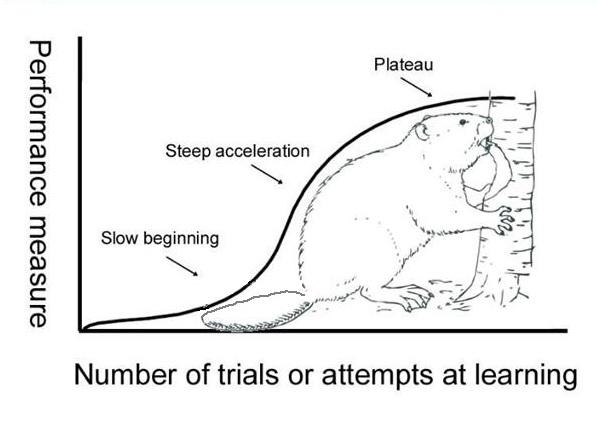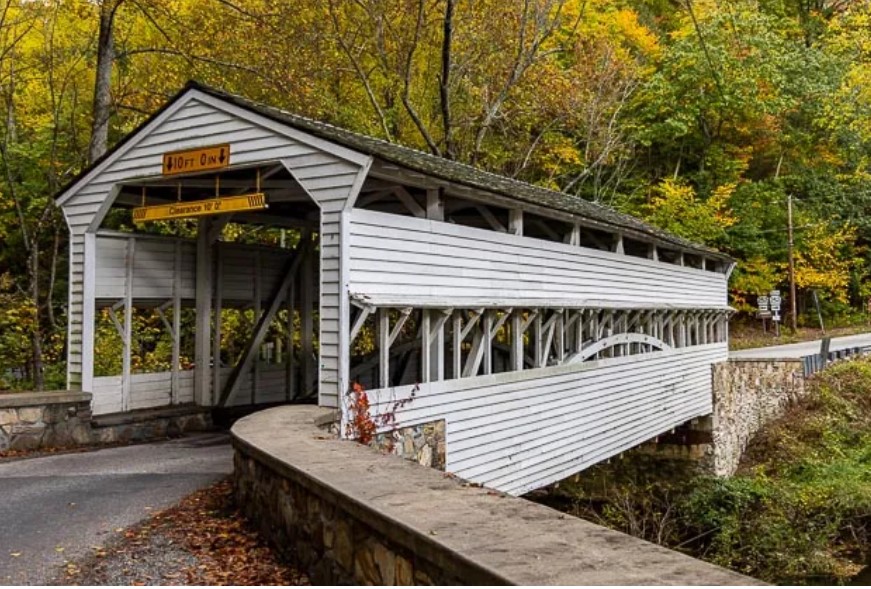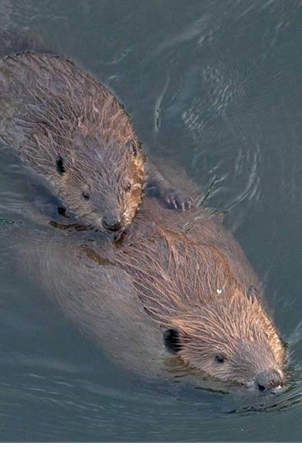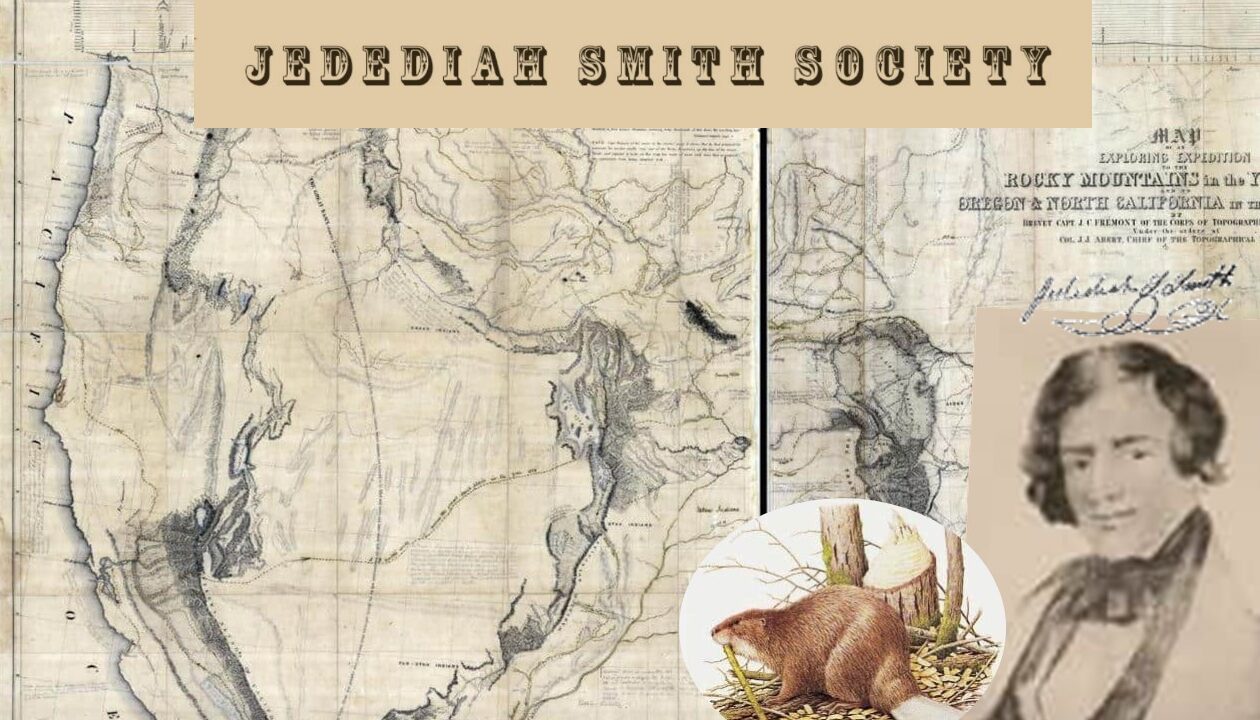Wow. Can we all move to Montana?
Leah Swartz: The Montana beaver conflict resolution program — tools for coexistence
Imagine what your favorite local river or stream might have looked like 200 years ago. There were no railroads, no cars whizzing by; the river may have sprawled across a wide area, with branching channels weaving in every direction. Cottonwoods and willows likely expanded as far as the eye could see.
In fact, when Lewis and Clark encountered the East Gallatin in 1806, they were so overwhelmed by the vast maze of channels, wetlands, and vegetation they had to abandon their canoes entirely. Among the many wildlife species that inhabited this vibrant landscape, one stands out for playing a crucial role in shaping the environment: the beaver.
Oh boy are we going to like this article. Get the popcorn,
After the fur trade, decades of agriculture and cattle grazing, and the expansion of cities, towns and infrastructure, beavers were nearly extirpated from much of North America, including Montana. But today, they’re making a comeback.
The Montana Beaver Conflict Resolution Program (BCRP) led by the National Wildlife Federation with support from local partners like Montana Freshwater Partners, offers a practical, non-lethal way to help property owners and beavers thrive, together.
Beavers, an animal of deep cultural significance to many Tribal Nations, play a critical role in the creation of life and the protection of streams, rivers, and wetlands.
Beavers are known as “ecosystem engineers,” building dams and digging channels that flood vast areas. These flooded areas help riparian vegetation like cottonwoods and willows thrive, and create some of the most biodiverse habitats on Earth. Their dams help store water, recharge aquifers, and reduce erosion and the effects of flooding by slowing and spreading the flow of rivers and streams. Beaver dams also improve water quality and create prime habitats for fish, birds, amphibians, and mammals.
However, while beaver dams are beneficial, they can also cause issues for landowners and infrastructure. Beaver activity can lead to plugged culverts, flooded fields, and the cutting of trees. Often, the solution to these conflicts has been lethal removal of beavers — a temporary fix, since beavers tend to return to unoccupied habitat.
Wow oh wow. Can we have one of these in every city in the US?
This is where the Beaver Conflict Resolution Program comes in. With seasonal staff now based in Livingston, Missoula, and Great Falls, the program helps landowners and communities address conflicts, while preserving the ecological benefits that beavers provide.
The program offers technical assistance, site assessments, and cost-share funding for tools like exclusion fencing to protect culverts, pond levelers to control water depth, and tree wrapping to discourage beavers from chewing them.
The goal of the program is to reduce conflicts with beavers, while building a greater tolerance for beavers on the landscape. By focusing on non-lethal solutions, the BCRP helps keep beavers in place, allowing them to continue their role as ecosystem engineers.
The project is also training partner organizations to implement these non-lethal methods, creating a network of support for managing beaver issues.
Ultimately, the Montana Beaver Conflict Resolution Program provides an important service for landowners, communities, and the environment. It helps address the practical challenges of living alongside beavers while ensuring that they can continue to play their vital role in healthy ecosystems.
Beavers are key to maintaining healthy landscapes, and by managing conflicts thoughtfully, we can live alongside these remarkable creatures and ensure they remain a part of Montana’s natural heritage.
If you are dealing with beaver-related challenges or want to learn more about the program, you can reach out to your local beaver conflict resolution specialist by calling the Montana Beaver Hotline at 406-393-5557.
Wow Wow Baby Montana goes to the front of the class. You have made my day Montana, and I’m excited to see what other places follow your lead.





 Oh sweet sunny stupid Knox! You have started my year in the most genuinely funny way! Here I was starting to think that people had all gotten wise about beavers and there was no need for my sardonic services anymore in this brave new beaver world.
Oh sweet sunny stupid Knox! You have started my year in the most genuinely funny way! Here I was starting to think that people had all gotten wise about beavers and there was no need for my sardonic services anymore in this brave new beaver world.






































